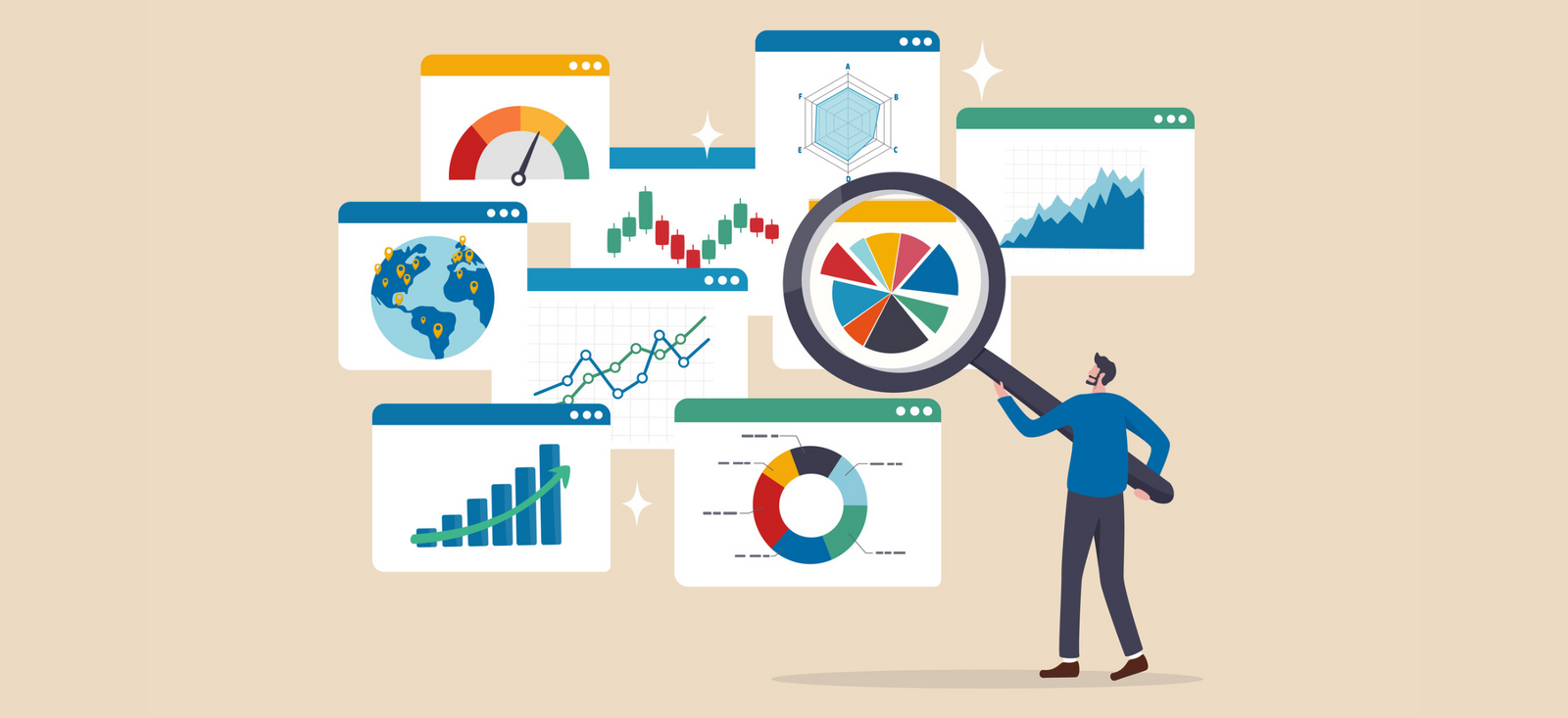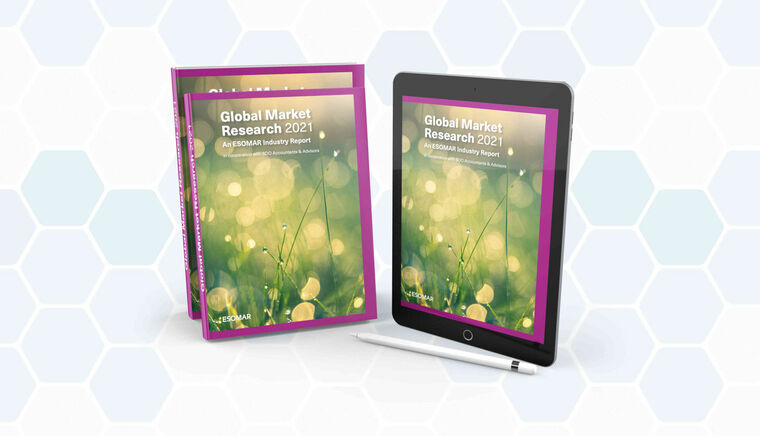Is online research becoming costlier?
ESOMAR’s Global Prices Study 2023 finds that the global median prices for the online modes of many market research projects have increased compared to 2021.

Article series
Global Prices Study
- Is the “Right Price” in the room now?
- Two cents on the price of research
- Is online research becoming costlier?
- Internalisation of research and its impact on social listening projects
- Challenges in recruiting participants and its impact on the cost of online modes
- Advantages and challenges of running a Random Probability Project
- Rising cost of market research professionals: skill shortage or rising inflation?
- An insight into the rising demand for Data Analysts
- The future of F2F and CATI
In ESOMAR’s recently released Global Prices Study 2023 report, we find that prices for the online modes of many of the typical market research projects have increased compared to 2021. For instance, the global median price for an online Usage & Attitude study has increased by 11% compared to 2021. Chee Ngai Ng shares his views on the rising median prices of online research in this extract from the report.
First of all, 2021 was economically a tough business year for everybody in the research industry due to the many uncertainties of the global COVID-19 outbreak. Many research initiatives were temporarily held off or slowed down, and the small price drop in 2021 vs 2018 clearly demonstrates this. The post-COVID-19 era in 2023 created regular demand again for online research methodologies and got back to its usual pricing. Here, you see an 11% spike due to the incidental effect of the 2021 COVID-19 era.
So, it’s fairer to compare the 2023 pricing over a longer term, like 2023 to 2016. The costs have still risen, but in a more balanced and gradual manner at 9%. This cost increase seems more logical and reflects the high quality of the entire online research methodology. Not only has the global research community gained much more knowledge and solid experience in online research methodologies, but through technical innovations and tight quality control, these online methods have also become more efficient and reliable.
A few examples of these technological innovations are: after smart but short calibration processes, the webcam can now be used for eye-tracking movements on packaging design studies, increased detection mechanisms to prevent respondent fraud, access to a wider variety of online channel sources where respondents can be found, overall better online questionnaire design and higher knowledge of the online research method.
Chee Ngai Ng is the Founder and CEO of Samplenomics. He was also a member of the Sounding Board for the Global Prices Study 2023.
Are you curious about your agency’s prices compared to the median prices at global, regional, and local levels? Head over to ESOMAR’s Global Prices Study 2023 to download the report as well as the data tool to benchmark your agency’s prices.
The report also includes relevant topics for the industry, such as the cost of a standalone F2F/virtual presentation, the choice of data collection methodologies, and the evolution of professional tariffs, along with the opinions of industry experts. A must-read for both suppliers and buyers in the industry, available on the ESOMAR website.
Chee Ngai Ng
CEO at SamplenomicsArticle series
Global Prices Study
- Is the “Right Price” in the room now?
- Two cents on the price of research
- Is online research becoming costlier?
- Internalisation of research and its impact on social listening projects
- Challenges in recruiting participants and its impact on the cost of online modes
- Advantages and challenges of running a Random Probability Project
- Rising cost of market research professionals: skill shortage or rising inflation?
- An insight into the rising demand for Data Analysts
- The future of F2F and CATI


